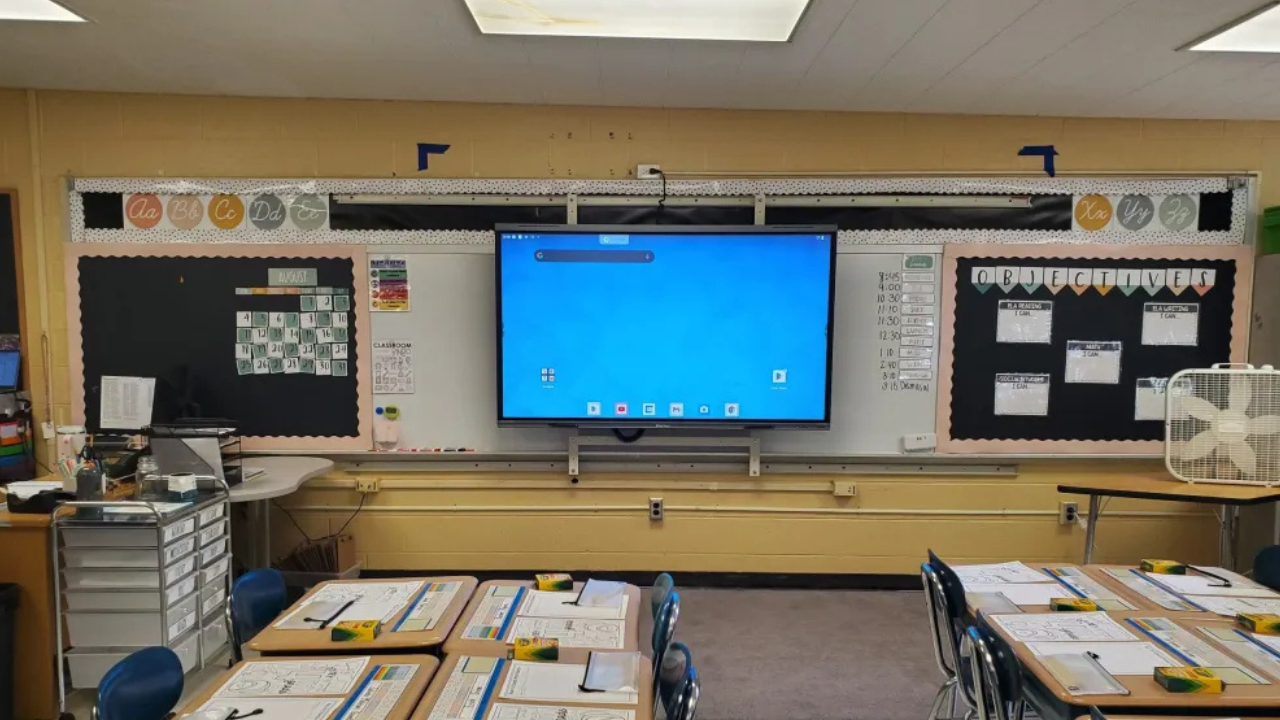Education is evolving at an unprecedented pace. Gone are the days of static chalkboards and one-size-fits-all lectures. Today, we stand at the brink of a revolution—Classroom 20X, a dynamic, immersive, and highly interactive learning environment that redefines how students engage with knowledge.
But what exactly is Classroom 20X? Why is it generating so much excitement among educators, students, and technologists? And how does it promise to transform traditional learning into a futuristic, curiosity-driven experience?
In this deep dive, we’ll explore:
- The concept behind Classroom 20X
- The key technologies powering it
- Real-world applications and benefits
- Challenges and the future of interactive learning
Let’s embark on this journey into the next generation of education.
What is Classroom 20X?
Classroom 20X is not just a physical space—it’s a philosophy of learning that integrates cutting-edge technology, adaptive teaching methods, and student-centered design to create an ultra-engaging educational experience. The “20X” signifies exponential growth in interactivity, personalization, and collaboration compared to traditional classrooms.
Core Principles of Classroom 20X
- Immersive Learning – Leveraging AR/VR, AI, and gamification to make lessons experiential.
- Adaptive & Personalized – AI-driven platforms tailor content to individual learning styles.
- Collaborative & Connected – Real-time global interactions between students and experts.
- Data-Driven Insights – Continuous feedback loops to optimize teaching strategies.
- Future-Ready Skills Focus – Emphasizing creativity, critical thinking, and digital literacy.
Unlike conventional setups where students passively absorb information, Classroom 20X turns them into active participants in their own education.
Key Technologies Powering Classroom 20X
Several groundbreaking technologies converge to make Classroom 20X possible. Here’s a look at the most impactful ones:
1. Augmented & Virtual Reality (AR/VR)
Imagine history students walking through ancient Rome or biology classes exploring the human bloodstream in 3D. AR/VR transforms abstract concepts into tangible, interactive experiences, boosting retention and engagement.
- Example: Platforms like Google Expeditions allow virtual field trips, while Labster offers VR science labs.
2. Artificial Intelligence (AI) & Machine Learning
AI personalised learning by analyzing student performance and adjusting content in real time.
- Adaptive Learning Platforms (e.g., Squirrel AI, Century Tech) identify knowledge gaps and suggest tailored exercises.
- AI Tutors provide instant feedback, reducing teacher workload.
3. Gamification & Interactive Simulations
Game-based learning increases motivation through rewards, challenges, and storytelling.
- Minecraft: Education Edition teaches coding, history, and teamwork.
- Kahoot! turns quizzes into competitive, fun activities.
4. IoT & Smart Classrooms
Smartboards, IoT sensors, and cloud-based tools create seamless, connected environments.
- Smart Desks with touchscreens enable collaborative problem-solving.
- Attendance & Engagement Trackers help educators monitor participation.
5. Blockchain for Education
Secure, decentralized credentialing ensures lifetime learning portfolios, making certifications tamper-proof and easily verifiable.
Real-World Applications & Benefits
1. Enhanced Student Engagement
Interactive lessons reduce boredom and increase curiosity. Studies show that students retain 75% more information through experiential learning compared to lectures.
2. Personalized Learning Paths
No two students learn the same way. AI-driven platforms adjust difficulty levels, pacing, and content style (visual, auditory, kinesthetic) for each learner.
3. Global Collaboration
With tools like Microsoft Teams for Education and Zoom for Classrooms, students can work on projects with peers across the world, fostering cultural exchange and teamwork.
4. Teacher Empowerment
Instead of spending hours grading, educators get automated analytics that highlight struggling students, allowing for timely interventions.
5. Accessibility & Inclusivity
- Speech-to-text and text-to-speech tools assist students with disabilities.
- VR can simulate real-world scenarios for special needs learners in a controlled environment.
Challenges & Considerations
While Classroom 20X holds immense promise, it’s not without hurdles:
1. High Implementation Costs
Cutting-edge tech requires investment in hardware, software, and teacher training.
2. Digital Divide
Not all schools (especially in rural or low-income areas) have equal access to high-speed internet or devices.
3. Privacy & Data Security
AI and IoT collect vast amounts of student data—raising concerns about misuse and breaches.
4. Teacher Resistance
Some educators may struggle to adapt to new methodologies, requiring robust professional development programs.
The Future of Classroom 20X
The trajectory is clear: Classroom 20X is the future of education. As technology advances, we can expect:
- More AI-human hybrid teaching models
- Widespread adoption of Metaverse classrooms
- Neuroadaptive learning (brainwave-tuned lessons)
- Holographic teachers & 3D hologram presentations
The goal? To nurture lifelong learners who are not just memorizers but innovators, problem-solvers, and critical thinkers.
Final Thoughts: A Call to Action
Classroom 20X isn’t just a buzzword—it’s a paradigm shift in how we approach education. For policymakers, it’s a call to fund digital infrastructure. For teachers, it’s an invitation to embrace innovation. For students, it’s the dawn of a more engaging, personalized, and limitless learning journey.
The question is no longer if this transformation will happen, but how quickly we can adapt.
